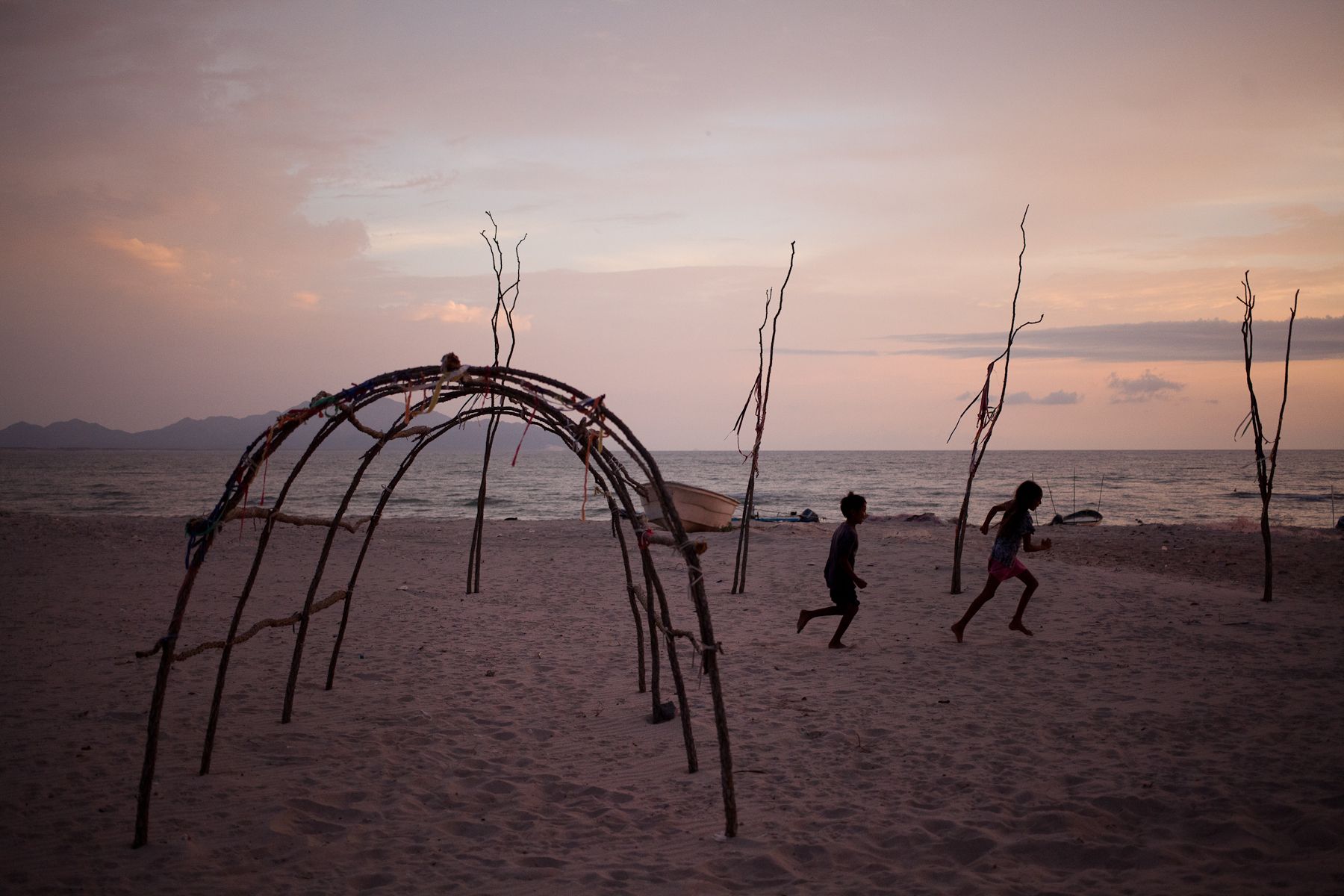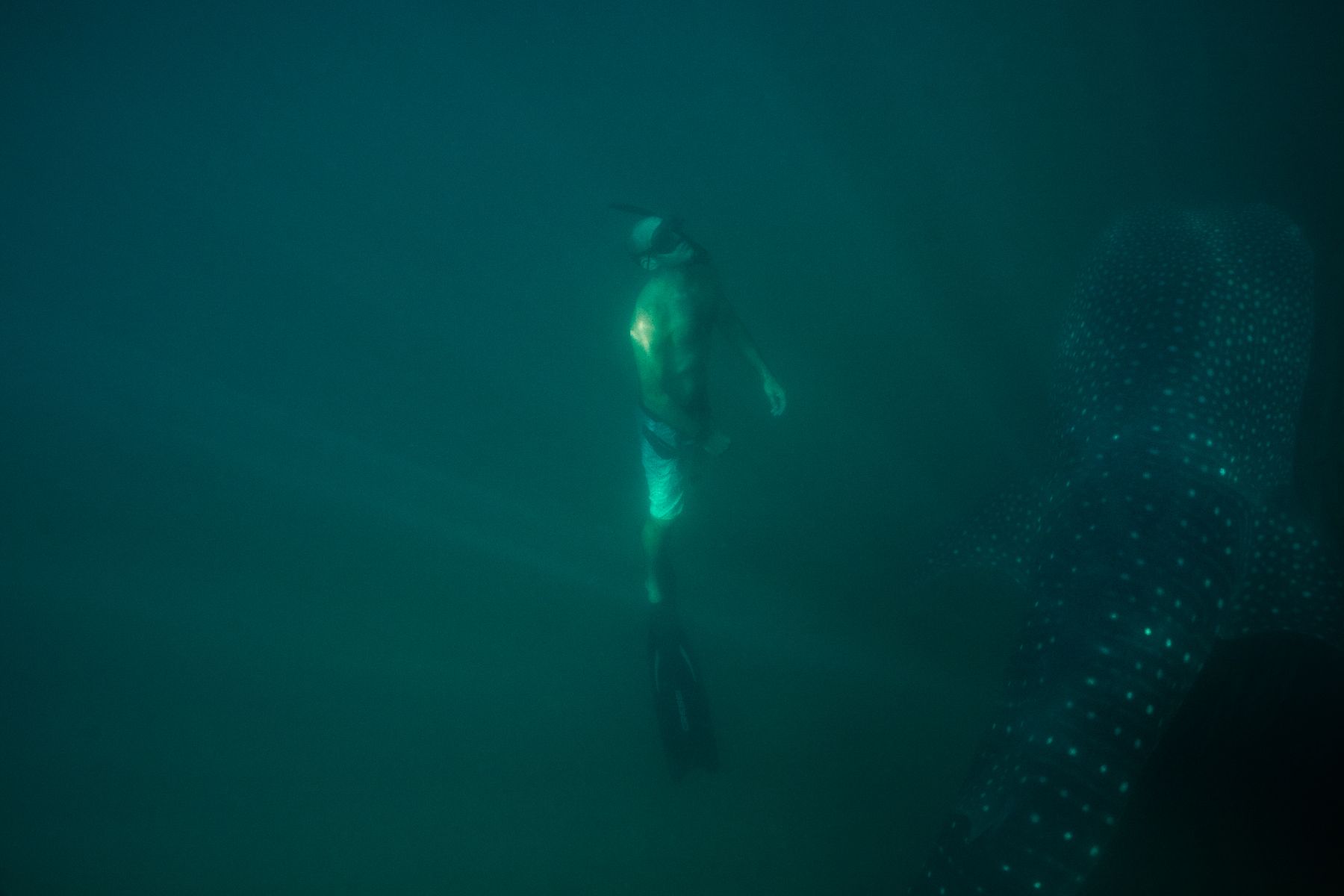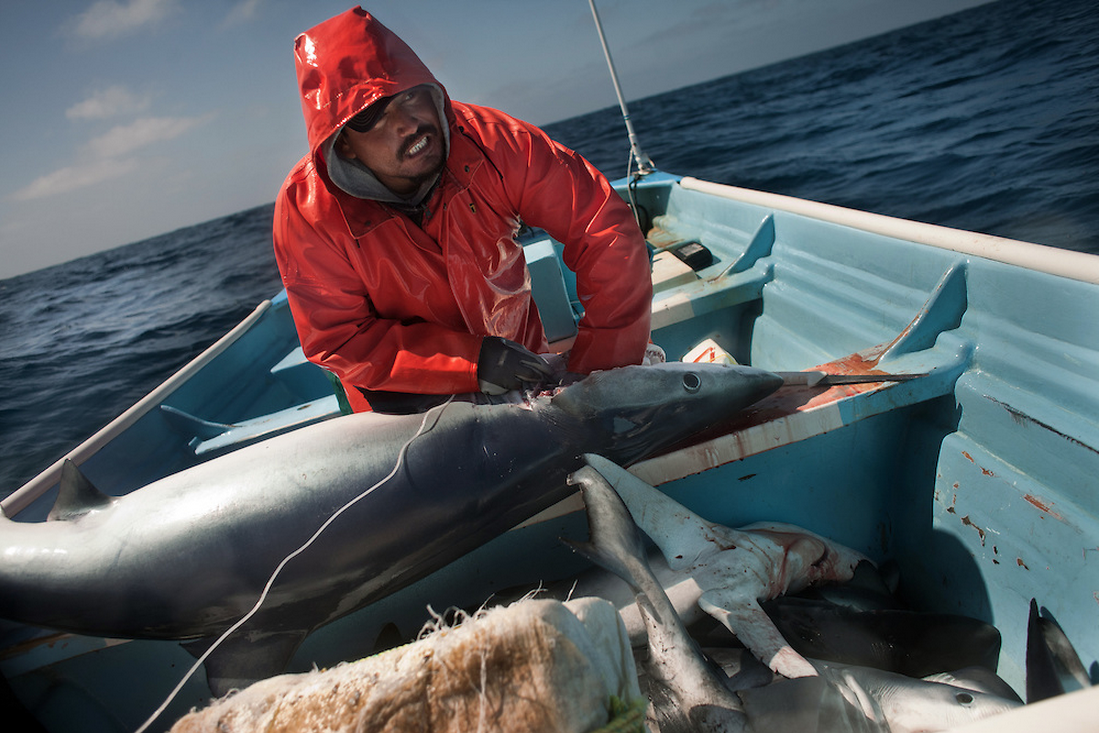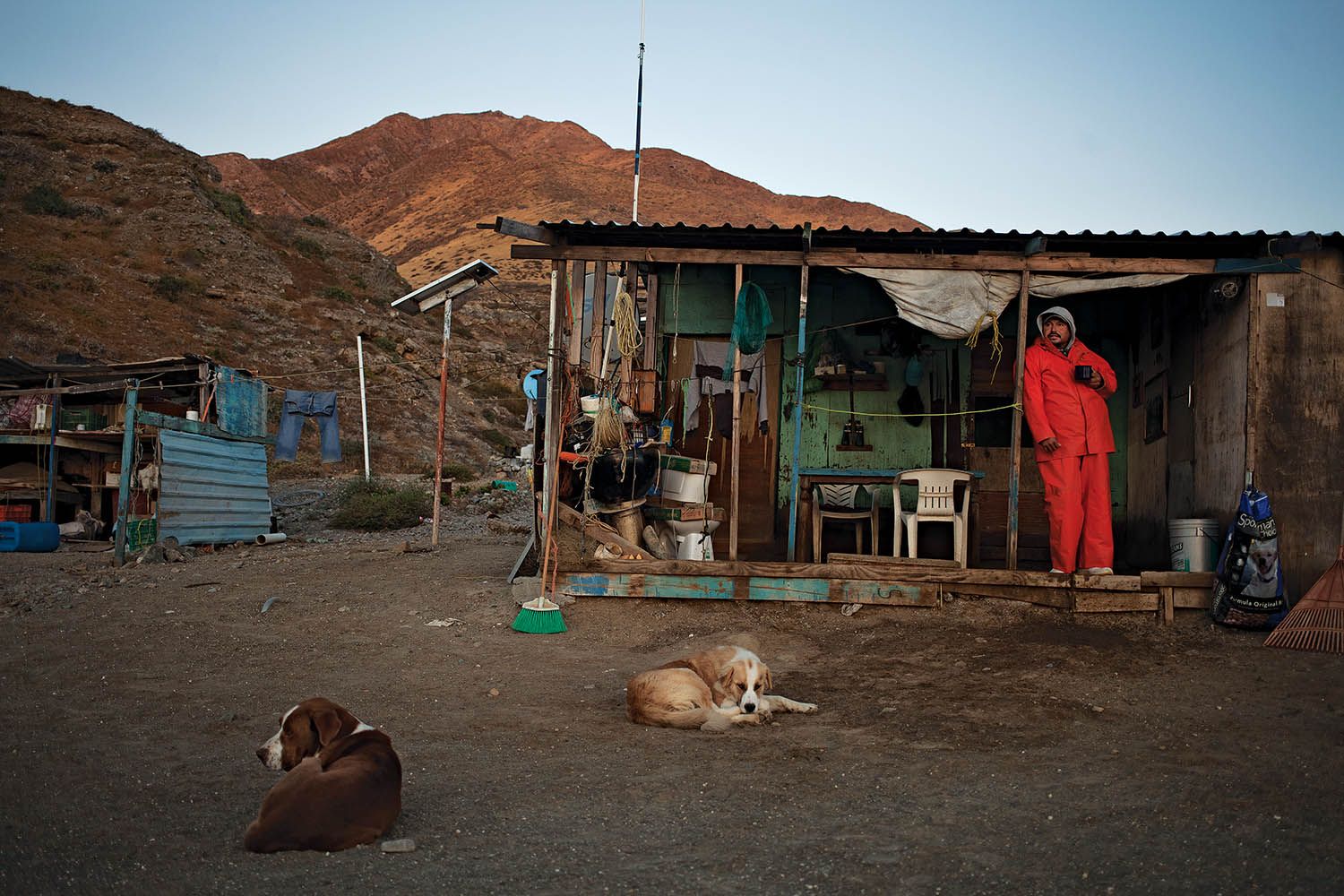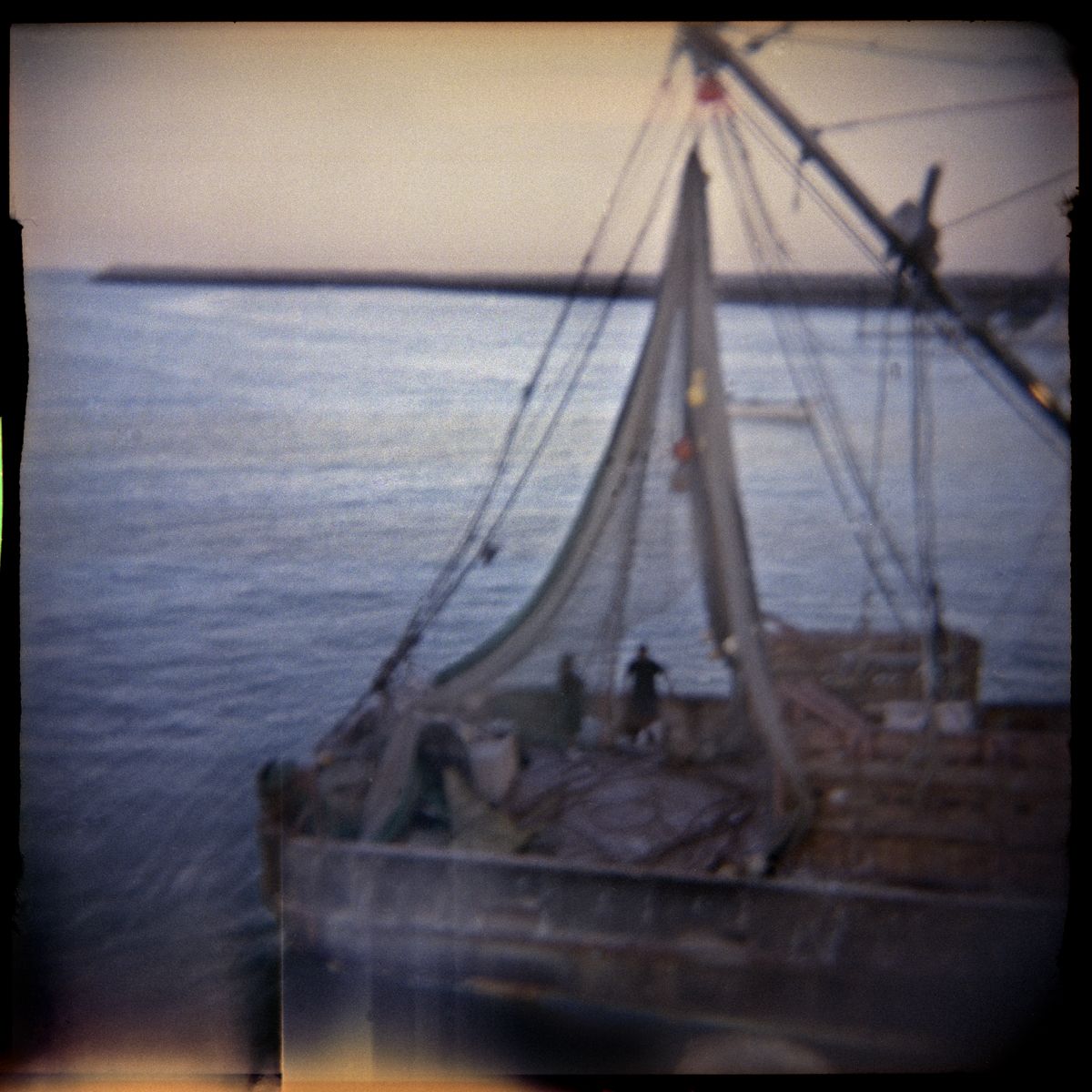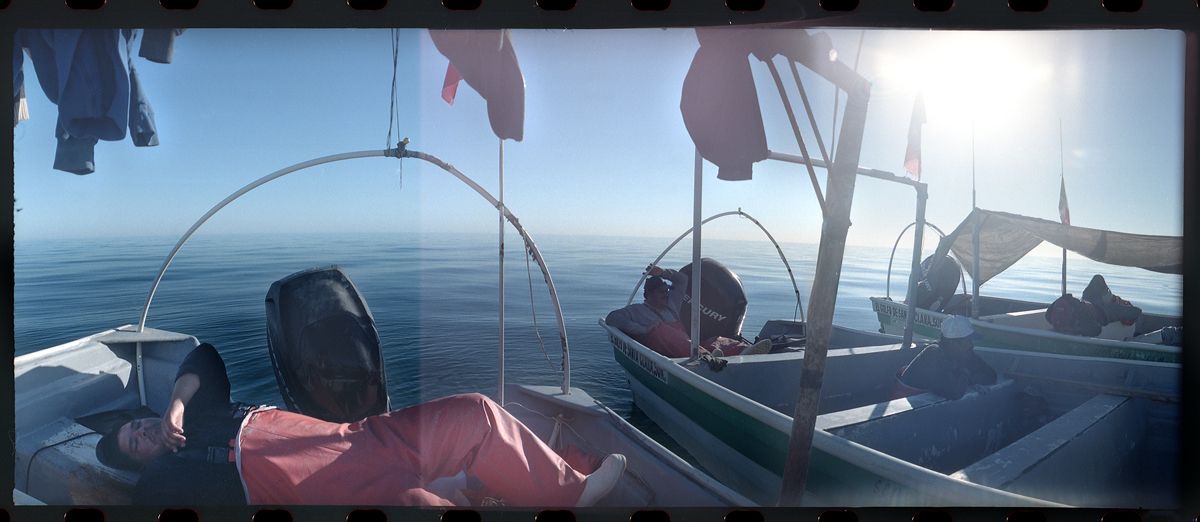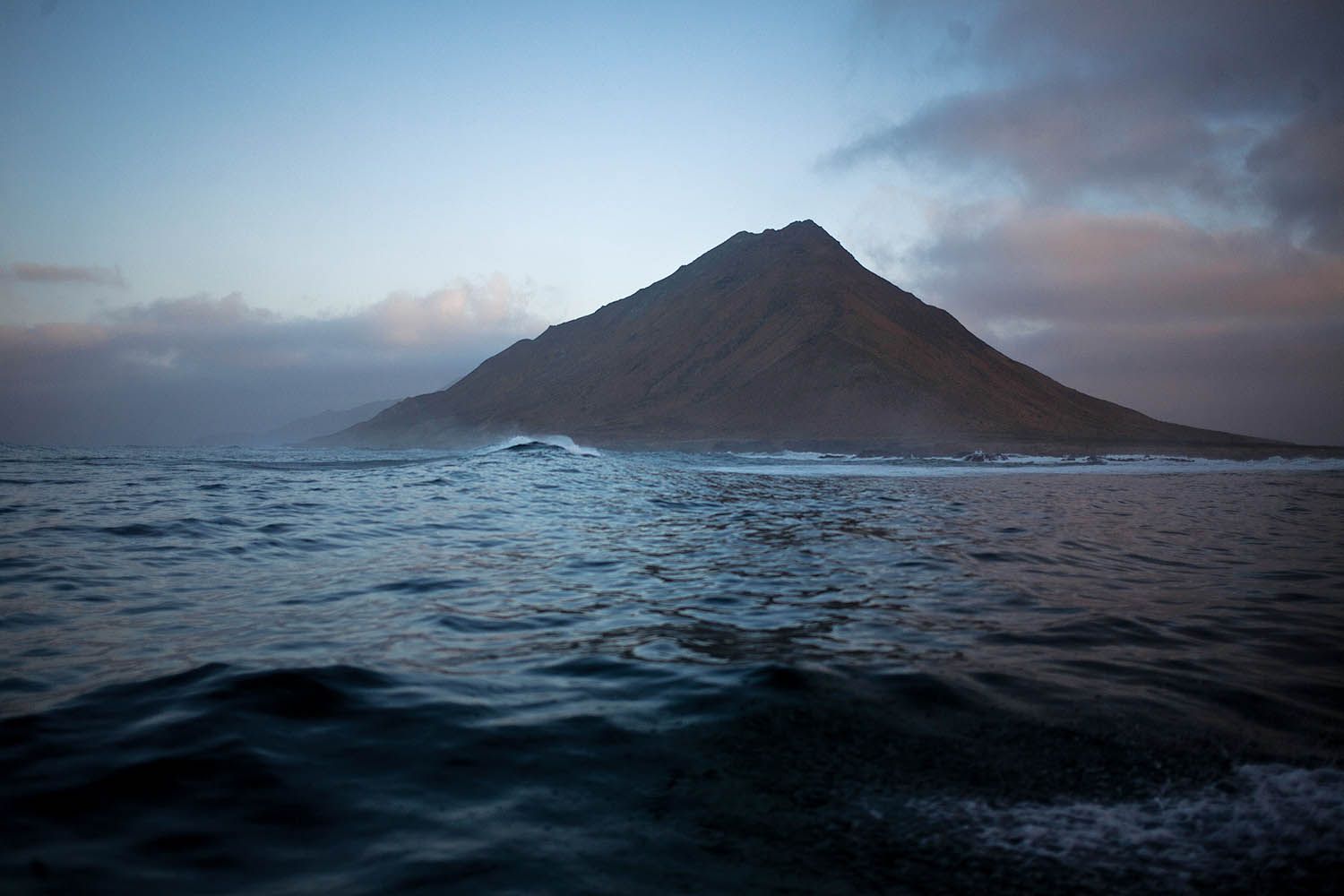Objective:
Learn why oceans is essential to our lives and understand current challenges facing ocean health.
Introducing the Lesson:
1. Watch the video Why the Oceans Matter from National Geographic.
- Why are oceans important to people? Discuss as a class.
- Why are oceans important to you? Make a list.
- Create a class chart of reasons oceans matter and hang somewhere visible for reference.
2. Create a drawing or other image of the ocean. Add as many ocean elements as you can think of.
3. Look at the pictures and read the accompanying information in the article 9 Problems Destroying Our Oceans from Huffington Post Green.
- Create a post with your teacher, telling them which problems you think are the most important and why.
4. Change the image you created to reflect the current state of the oceans. Highlight the problems you read about.
- Share with a partner.
- Create a second class list, in order of importance, of current problems facing the ocean.
Section 1: Investigate the World
Investigate the world beyond your immediate environment
Objectives:
Investigate your world through exploring overfishing and shark endangerment. Understand how human activities significantly alter the oceans and create negative impact on living things. Determine central ideas in a text and understand how supporting ideas are used to develop a strong message.
Introducing the Lesson:
The Sea of Cortez is—or was—a vast and lush underwater paradise. Industrial fishing operations are now decimating the sea's bounty. Tuna, red snapper, and shark are all but gone. In many ways, the aquarium of the world is now a glimpse of the world’s future.
1. Use Google Earth or Google Images to explore the Sea of Cortez.
2. Watch the video "After the Fish are Gone" (first half) by Dominic Bracco II and Erik Vance.
Stop video at 3:10. Answer the following questions:
- What did Jacques Cousteau mean when he called the Sea of Cortez the “Aquarium of the World?”
- What percentage of the fisheries in the Sea of Cortez are overfished or overexploited?
- Why are the fishermen that work on the Sea of Cortez nervous?
- Why does the fisherman being interviewed say he is an authentic fisherman?
- Why does he describe being in the ocean as being in a different world? What examples does he provide?
- What has happened to the size of the fish in the Sea of Cortez?
- Extension: Listen to science writer Erik Vance talk about the future of global fisheries on the Leonard Lopate Show. Share new learning with your class.
3. Choose one of these four articles in the reporting project "Mexico: Emptying the World’s Aquarium" from the Pulitzer Center on Crisis Reporting. Discuss with a partner:
Option 1. "A Tiny Dolphin and a Big Problem" by Erik Vance
- What are the most important points made in the article?
- Why are they important?
- What is your reaction to this information?
Option 2. "Seven Species: A Visual Primer on the Sea of Cortez" by Erik Vance and Dominic Bracco II
- What are the most important points made in the article?
- Why are they important?
- What is your reaction to this information?
Option 3. "Is There Such a Thing as Extinction Proof?" by Erik Vance
- What are the most important points made in the article?
- Why are they important?
- What is your reaction to this information?
Option 4. "Mexico: A Gringo, a Town, and Its Turtles" by Erik Vance
- What are the most important points made in the article?
- Why are they important?
- What is your reaction to this information?
4. Get together with others who read the same article.
- Ask and research any questions the group has from the article.
5. Discuss the answers to each of the questions and come up with a group response to the three questions.
6. Post the response, with teacher approval, in the article’s comments section. Add any unanswered questions.
7. Jigsaw into groups of four with one person from each of the articles. Share your new learning with the group. Then, post new learning to the class charts.
8. Create a class padlet detailing what you have learned about the Sea of Cortez and why it is an important model for what can happen in the near future to our oceans. Share on social media with teacher approval.
Section 2: Recognize Perspectives
Recognize your own and others’ perspectives
Objective:
Understand the definition of perspective and practice seeing overfishing from differing points of view.
Introducing the Lesson:
Perspective is a particular way of looking at something; a point of view. Considering what you have learned so far, from your perspective what are some solutions to overfishing in the Sea of Cortez? What do you think influenced your perspective?
Discuss as a class.
Discussion:
One idea people immediately suggest is to stop fishing. You are going to watch the second half of the video now to understand the overfishing problem from a fisherman’s perspective.
1. Watch the second half of "After the Fish are Gone" (starting at 3:10). Answer the following questions:
- Why did nighttime fisherman use drugs?
- Why were fisherman having to work from early morning until late at night?
- Why were young children choosing to sell drugs rather than learning to
- How does the fisherman being interviewed feel when he is working at
- What did you learn after hearing the fisherman’s story?
- In what ways has your perspective changed?
- Why were they still not bringing anything home to eat?
2. Watch the video "Mexico: Gaining Access to Shark Camps" by Dominic Bracco II. Answer the following questions in your notes or discuss as a class:
- Why did Dominic Bracco II and Erik Vance think it was important to share the story of sharks near the Baja Pacific Coast in Mexico? Read more about them by clicking on their names to link to more information.
- Why was it hard for Dominic and Erik to interview and photograph the shark fishermen?
- Why were Dominic and Erik seen as a potential threat to the fishermen at some time?
- Imagine you are are a shark fisherman on the Baja Pacific Coast. What do you think your perspective would be?
- Now imagine you are Dominic or Erik. How does your perspective change?
- Hearing Dominic’s story about trying to get access to the shark fishermen, what are some words you would you to describe him and why?
- What is daily life like for the shark fishermen?
- Would you want to be a shark fisherman for a living? Why or why not?
- Why was it much easier for Dominic to access the shark fisherman on his return trip?
- If the sharks are very quickly disappearing, why do the fishermen keep fishing them?
- What is your perspective on this? What might be Dominic and Erik’s perspectives on this? What do you think is the perspective of the shark fishermen?
- How and why are the above perspectives different? How are they similar? Are any more right than the others? Who decides?
3. In groups of five, discuss the overfishing in a pretend Town Hall meeting. Each person takes on a different role; a moderator, a shark fisherman, a fisherman on the Sea of Cortez, a science writer, and a photojournalist. Together, talk about the overfishing problem and collaborate to suggest possible solutions.
4. Extension: Read the article "Mexico and China: An Ocean Apart" by Erik Vance and look at the images captured by Dominic Bracco II. Share key points with your classmates.
Section 3: Communicate Ideas
Communicate your ideas effectively with diverse audiences
Objective:
Collect ocean health data and use that data to create a message. Communicate this message effectively with diverse audiences.
Activities:
1. Create a survey to collect data on perceptions on ocean health.
2. Answer the following questions and collect class data:
- What kind of seafood (if any) do you eat most?
- What kind of seafood does your family eat most?
- Does your family buy seafood from the grocery store? At restaurants?
- Do you and/or your family consider ocean health or sustainability when consuming or purchasing seafood?
3. Explore the following websites and resources:
- "Dinner Guide to Saving the Ocean" by Erik Vance
- "Is There Such Thing As Extinction Proof?" by Erik Vance
- Seafoodwatch.org
- Oceanhealthindex.org
4. Share survey on social media with intended audiences.
5. Analyze the data.
- What are 5-10 new facts you learned and why are they important?
- What are the most environmentally responsible ways of fishing and
- How can stores and restaurants be more environmentally responsible
- What are your recommendations for these businesses?
- What personal choices can people make to be environmentally farming seafood? about the types of fish they sell? responsible seafood consumers?
4. Research a store or restaurant of your choice. Find out through the Internet or by placing a phone call with your teacher’s or parents’ approval to find out what are the top seafood items they sell. Also find out if they consider sustainability when making their purchases.
5. Create a message through email, video, audio, website, or blog detailing what you have learned about ocean health, overfishing, and seafood sustainability.
- Present claims and findings in a clear manner with strong evidence and sound reasoning.
- Use appropriate eye contact, volume, and pronunciation if possible.
Section 4: Take Action
Translate your ideas into appropriate actions to improve conditions
Objective:
Use your recently developed communication to create a plan to improve ocean conditions.
Extension Activities:
Choose an option to take action:
Option 1. Use survey data to inform interested respondents on what you have learned.
Option 2. Create information to share en masse with stores and restaurants detailing what you have learned and what steps they can take to help protect our oceans.
Option 3. Create information to share with individuals detailing what you have learned and what steps they can take to help protect our oceans.
Option 4. Create your own plan based on what you have learned to help make a difference to protect our oceans.
General Standards:
NGSS.MSESS3
Humans depend on Earth’s land, ocean, atmosphere, and biosphere for many different resources. Minerals, fresh water, and biosphere resources are limited, and many are not renewable or replaceable over human lifetimes. These resources are distributed unevenly around the planet as a result of past geologic processes. (MSESS31)
Section 1 Standards:
CCSS.ELALITERACY.RI.8.2
Determine a central idea of a text and analyze its development over the course of the text, including its relationship to supporting ideas; provide an objective summary of the text.
NGSS.MSESS33
Human activities have significantly altered the biosphere, sometimes damaging or destroying natural habitats and causing the extinction of other species. But changes to Earth’s environments can have different impacts (negative and positive) for different living things.
Section 2 Standards:
SEL.2A.3a
Predict others’ feelings and perspectives in a variety of situations.
CCSS.ELALITERACY.SL8.1
Engage effectively in a range of collaborative discussions (one-onone, in groups, and teacherled) with diverse partners on grade 8 topics, texts, and issues, building on others' ideas and expressing their own clearly.
Section 3 Standards:
CCSS.ELALITERACY.W.8.1
Produce clear and coherent writing in which the development, organization, and style are appropriate to task, purpose, and audience.
CCSS.ELALITERACY.SL.7.4
Present claims and findings, emphasizing salient points in a focused, coherent manner with pertinent descriptions, facts, details, and examples; use appropriate eye contact, adequate volume, and clear pronunciation.
